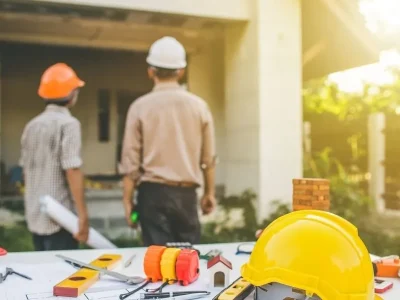Designing homes that are resilient to disasters and can quickly recover from their aftermath is crucial in ensuring the safety and well-being of individuals and communities. With the increasing frequency and intensity of natural disasters such as hurricanes, earthquakes, and wildfires, architects and engineers are exploring innovative ways to construct buildings that can withstand these challenges.

Key Features of Disaster-Resilient Homes
There are several key features that can be incorporated into the design of homes to enhance their resilience to disasters:
- Strong Foundation: Building homes on a solid foundation is essential for withstanding seismic activities such as earthquakes. Reinforced concrete foundations can help prevent structural damage.
- Impact-Resistant Materials: Using materials that are resistant to impact, such as reinforced steel and impact-resistant glass, can reduce the risk of damage during hurricanes and tornadoes.
- Roof Design: A well-designed roof with a high wind resistance rating can help prevent roof damage during storms and hurricanes.
- Proper Drainage: Ensuring proper drainage around the home can prevent flooding and water damage during heavy rainfall or hurricanes.
- Energy-Efficient Features: Incorporating energy-efficient features, such as solar panels and energy-efficient appliances, can help reduce the reliance on external resources during disasters.
Quick Recovery Strategies
In addition to being disaster-resilient, homes should also be designed with quick recovery in mind. Here are some strategies to facilitate quick recovery after a disaster:
- Modular Design: Incorporating modular design elements into the home can make repairs and reconstruction easier and quicker.
- Emergency Power Supply: Installing an emergency power supply, such as a generator or solar battery, can ensure that essential systems remain operational during power outages.
- Backup Water Supply: Having a backup water supply, such as a rainwater harvesting system or water storage tanks, can help ensure access to clean water in case of water supply disruptions.
- Community Support: Building strong community networks and support systems can help residents come together to support each other during the recovery process.
By integrating these features and strategies into the design of homes, architects and engineers can contribute to creating more disaster-resilient communities that can quickly recover and thrive in the face of adversity.













Comments